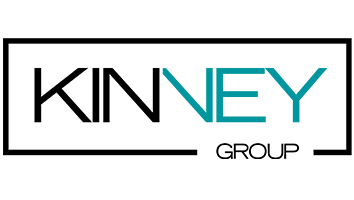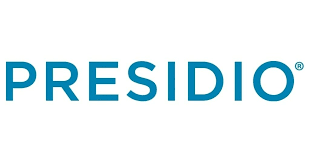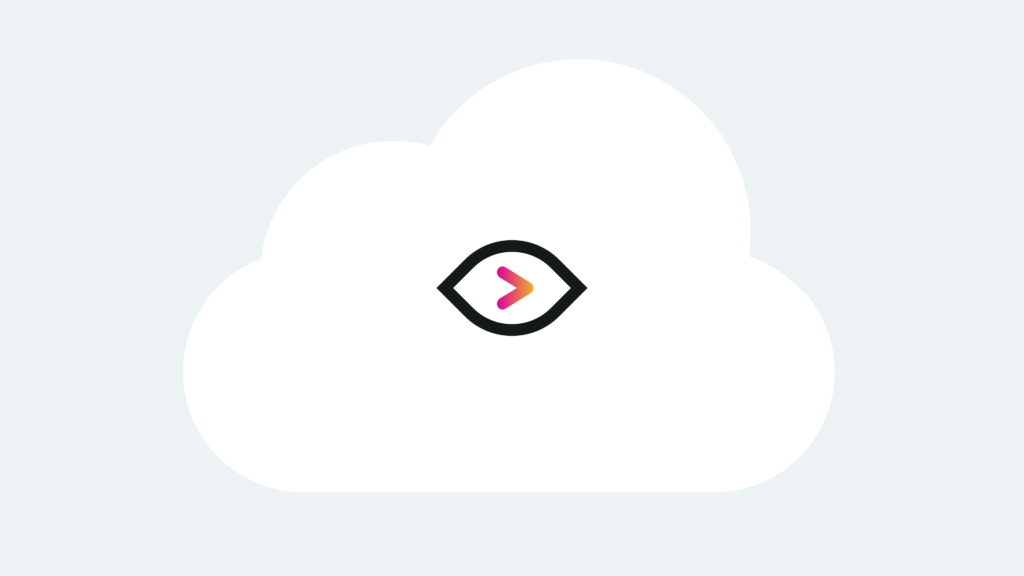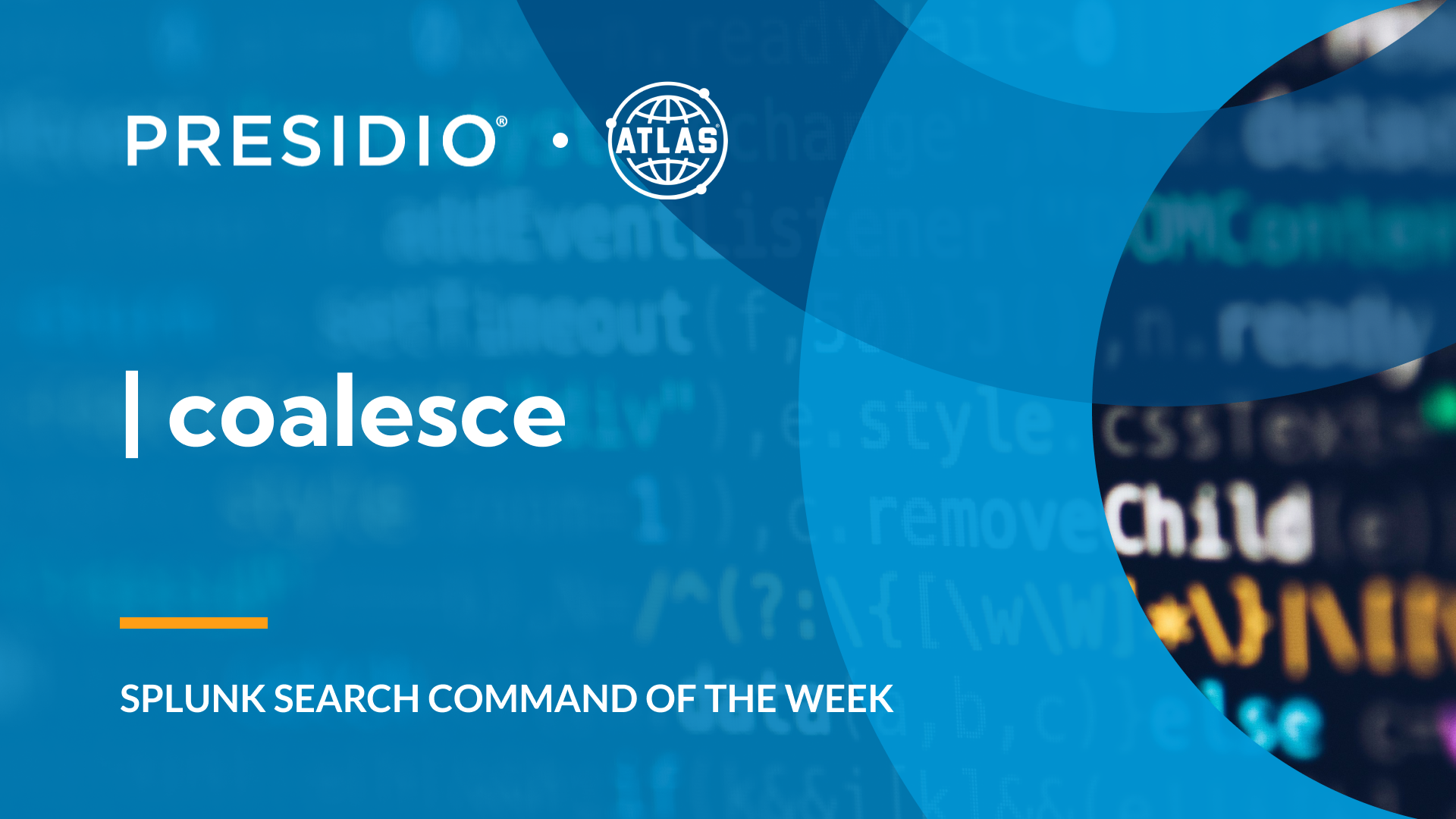Troubleshooting cloud applications has made security, application performance monitoring (APM), and DevOps impossible to manage. Most cloud providers do not allow you to install your own agents, monitors, or probes on their systems to find out what is going on with their services. So what options is an organization left with?
Many cloud service providers have compromised by providing application programming interfaces (APIs) that can be used to gather data on the health, behavior, and performance of applications and their infrastructure. Observability solutions provide complete coverage and visibility, automated node discovery, configuration, and monitoring assistance, real-time results, and scalability. In turn, this will result in better customer experience, business insights to make better business decisions. With a solution in place, a user should be able to establish thresholds and baselines, find anomalies and make better predictions, and study user behaviors to determine root cause and effect.
What is Splunk Observability Cloud?
Splunk Observability Cloud allows users to extend the functionality of their traditional Splunk Enterprise deployment to include metrics and traces in addition to logs with integrated industry standard open-source tools such as Prometheus and OpenTelemetry. These tools prove helpful in providing complete visibility into a customer’s entire infrastructure environment. It helps cut down on using multiple monitoring solutions.
Hybrid cloud environments are becoming more prevalent across modern IT deployments with a mix of on-premise tools and the ability to correlate health, performance, and system information to predict, prevent, and remediate problems before they occur by using an AI-enhanced solution such as Splunk Observability to troubleshoot problems minimizes impact to the customer experience.
Splunk Observability also uses event Detectors to provide non-timeseries related context to potential issues by determining which events have impacted specific services. By labeling, or gating, key components of a deployment, you can pinpoint issues in your deployment pipeline through advanced visualizations in real-time.
What are the components of Splunk Observability Suite?
- Splunk Infrastructure Monitoring uses Navigators to gain insights into different layers of infrastructure including virtual machines, public cloud services, containers, Kubernetes, and hosts.
- Splunk Application Performance Monitoring collects traces and spans to gain insights into distributed applications.
- Splunk Real User Monitoring collects performance metrics, web vitals, and user session data to identify errors and help troubleshoot issues in browsers spans.
- Splunk Synthetic Monitoring generates simulated user behavior from a variety of locations, devices, and connection types to measure the performance of webpages and user experience without the need of real users.
- Splunk Log Observer performs codeless queries to detect the root cause of serious issues. Logs can be grouped and filtered to view trends and fixes and process rules to find historical issues.
- Splunk On-Call allows incident responder schedules to be uploaded to the platform to ensure incidents and alerts are attributed to the correct person who will handle an issue and its remediation.
- Splunk Incident Intelligence ingests, routes and groups alerts based on configured rules that are automatically triggered and escalated to potential responders based on incident workflow and on-call scheduled.
- Splunk Observability Cloud for Mobile is a companion application used to access dashboards and alerts in your Observability Cloud instance. You can also view your on-call schedule and respond to Incident Intelligence.
How much does Splunk Observability Suite Cost?
- Splunk Observability Cloud for Infrastructure starts at $15 per host per month and includes Infrastructure Monitoring, Log Observer Connect, Network Explorer, Synthetic Uptime Monitoring, and a Standard Support Plan.
- Splunk Observability Cloud for Applications and Infrastructure starts at $60 per host per month and includes all the features of Splunk Observability Cloud for Infrastructure as well as APM and Synthetic API Monitoring.
- Splunk Observability Cloud for End-to-End Monitoring starts at $75 per host per month and includes all the features of Splunk Observability Cloud for Applications and Infrastructure as well as Real User Monitoring and Synthetic Browser Monitoring.
Standard Support Plan is included with each option but can be upgraded to a Premium Support Plan for an additional cost. For monitoring containers, there are two editions: Commercial or Enterprise Edition. Commercial Edition comes with an allocation of 10 containers per host and Enterprise edition comes with an allocation of 20 containers per host. For Splunk Infrastructure Monitoring, billing is based on the average number of unique hosts reported in per hour measurements over a billing month. For Splunk APM, billing is based on the average number of unique hosts reported in per minute measurements over a billing month as well as 50% of the peak of all per minute measurements over a billing month. The higher value determines the host usage for that month. Volume discounts are also available for each subscription plan. Each subscription has the option for a free trial.
Alternatives to Splunk Observability Suite
The top alternatives to Splunk Observability Cloud are as follows:
- Dynatrace
- LogicMonitor
- AppDynamics
- Datadog
- Microsoft System Center
- Glassbox
- Contentsquare
- Amazon CloudWatch
- New Relic
- Instana, an IBM Company
All the companies excluding Glassbox and Contentsquare provide Cloud Infrastructure Monitoring. Glassbox and Contentsquare as well as AppDynamics and Dynatrace provide Digital Experience Monitoring. And Dynatrace, LogicMonitor, Datadog, and New Relic also do Log Monitoring.
If you found this helpful…
You don’t have to master Splunk by yourself in order to get the most value out of it. Small, day-to-day optimizations of your environment can make all the difference in how you understand and use the data in your Splunk environment to manage all the work on your plate.
Cue Atlas Assessment: Instantly see where your Splunk environment is excelling and opportunities for improvement. From download to results, the whole process takes less than 30 minutes using the button below:






